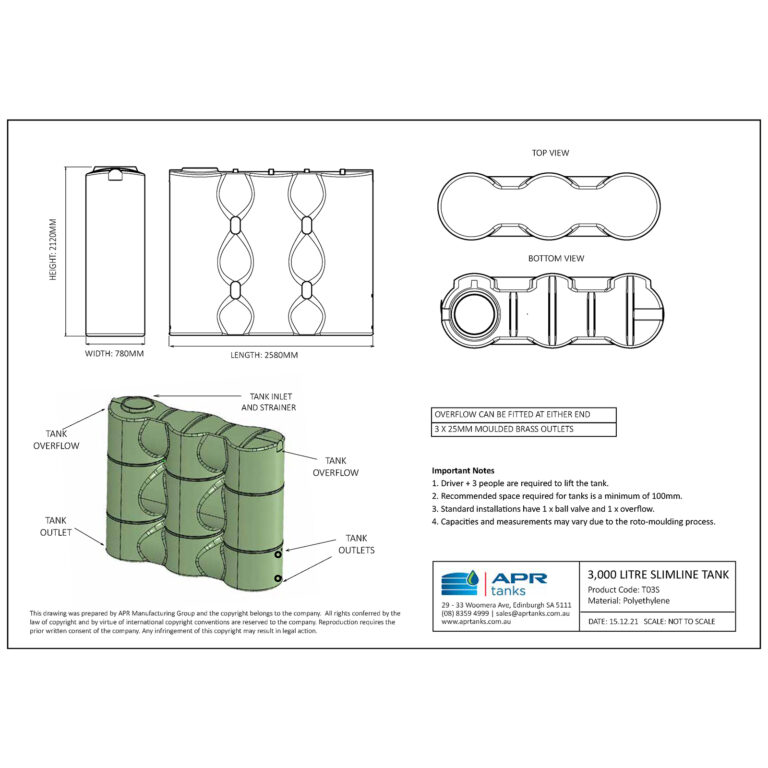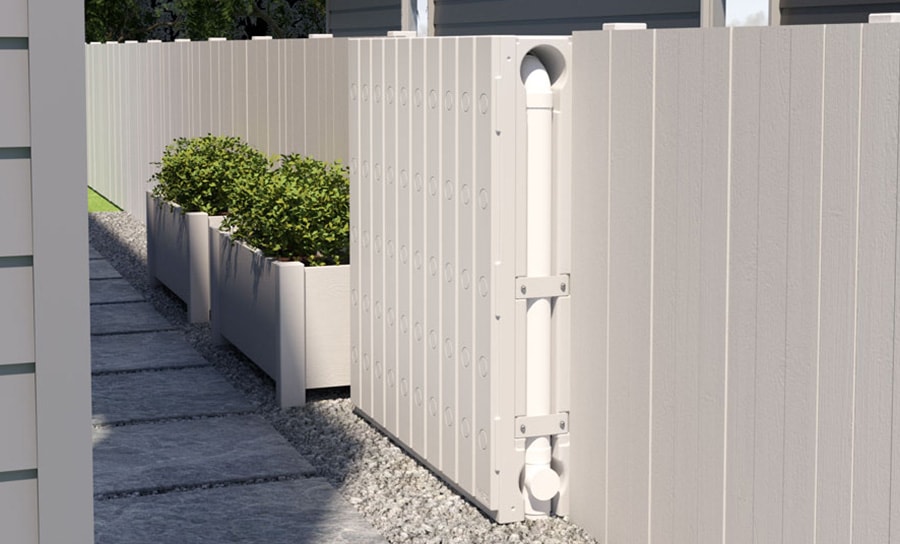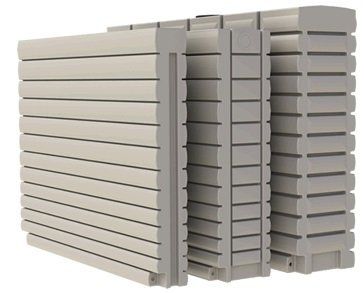Slimline Water Tanks: The Perfect Option for Urban Water Storage Space
Slimline Water Tanks: The Perfect Option for Urban Water Storage Space
Blog Article
Discovering the Numerous Uses of Rain Containers for Residential and Commercial Features
As the global emphasis on sustainable living practices continues to increase, the application of rainwater tanks in both residential and industrial setups has actually emerged as a significant service. The diverse usages of rain containers provide an engaging situation for their adoption, not just as a practical water-saving procedure yet additionally as a testament to accountable resource administration.
Benefits of Making Use Of Rainwater Tanks
Making use of rainwater tanks supplies numerous benefits for both homes and areas in terms of water preservation and sustainability. Among the key benefits of utilizing rain storage tanks is the significant reduction in dependence on mains water - Slimline water tanks. By capturing and storing rainwater for later use, individuals and areas can reduce their demand for cured water, eventually alleviating the problem on water therapy facilities and decreasing power consumption related to water transport and treatment
Moreover, rainwater harvesting via storage tanks gives a reputable different water source throughout times of water limitations or lacks. This saved rain can be utilized for different non-potable objectives such as watering, flushing commodes, and cleaning garments, minimizing the pressure on conventional water sources. Additionally, utilizing rainwater storage tanks can result in set you back savings for both homes and areas by reducing water bills and decreasing the requirement for costly facilities developments to satisfy growing water needs.
Basically, the use of rainwater containers uses a sustainable and eco-friendly strategy to water monitoring, benefiting both private users and the broader area in regards to water conservation, cost-efficiency, and resilience.
Rainwater Storage Tank Usage in Watering
Provided the advantages of rain tanks in conserving water sources and reducing reliance on mains water, a significant application lies in using kept rainwater for irrigation purposes - Slimline water tanks. Rainwater collecting systems can successfully accumulate and keep rainwater, giving a lasting water source for sprinkling yards, lawns, and farming fields. By utilizing rain for irrigation, residential property owners can reduce their reliance on treated water resources, leading to set you back financial savings and ecological benefits

One of the primary advantages of utilizing rainwater for watering is its pureness. Rain is normally soft and without the chemicals and ingredients typically located in mains water, making it perfect for beneficial plants without the risk of dangerous results. In addition, rain is at ambient temperature, which webpage can benefit plant growth by staying clear of temperature level shocks that can accompany cool keys water.
Rainwater Storage Tanks for Commode Flushing

Implementing rainwater containers for bathroom flushing is an economical and ecologically pleasant method that can be easily integrated right into both household and industrial buildings. The kept rainwater can be used to purge toilets by attaching the container to the existing plumbing system. This basic yet efficient solution can substantially reduce water usage in a building, especially in locations where water shortage is a concern.

Including Rainwater Tanks in Landscaping
A reliable method for boosting sustainability in landscape design entails integrating rainwater tanks to maximize water usage and advertise environment-friendly practices - Slimline water tanks. Incorporating rain containers in landscaping supplies many benefits for both household and business residential or commercial properties. These storage tanks can record and store rain overflow from roofings, which can then be utilized for sprinkling yards, lawns, and plants. By utilizing rain for watering objectives, property proprietors can reduce their dependence on metropolitan water resources, bring about cost financial savings and preservation of precious water resources.
Along with giving a lasting water resource for landscaping requirements, rain containers can also help in handling stormwater overflow. By capturing rainwater that would otherwise flow right into tornado drains, these storage tanks can alleviate disintegration, reduce flooding threats, and stop contamination of all-natural water bodies. Incorporating rainwater storage tanks in landscape design can add to the overall aesthetic allure of the residential or commercial property, showcasing a commitment to ecological stewardship.
Industrial Applications of Rainwater Containers
Using rain storage tanks in commercial setups uses a sustainable remedy for water administration and conservation, profiting organizations and the atmosphere alike. Industrial applications of rain storage tanks are diverse and progressively popular due to the expense financial find more savings and ecological benefits they offer. One crucial industrial usage is for watering purposes, where harvested rain can be used to water landscaping, gardens, and farming areas surrounding commercial buildings. This can lead to considerable reductions in water bills and dependence on local water sources.
Furthermore, rainwater collected in containers can be treated and used for non-potable purposes within commercial residential or commercial properties, such as flushing bathrooms, cleaning, and cooling systems. Overall, the incorporation of rain storage tanks in business settings provides a functional and ecologically liable method to water monitoring.
Conclusion
From watering to commode flushing and landscaping, the check it out use of rain containers can aid preserve water sources and decrease water bills. In general, the versatility and sustainability of rainwater containers make them a valuable financial investment for any type of building proprietor looking to enhance water effectiveness.
Report this page